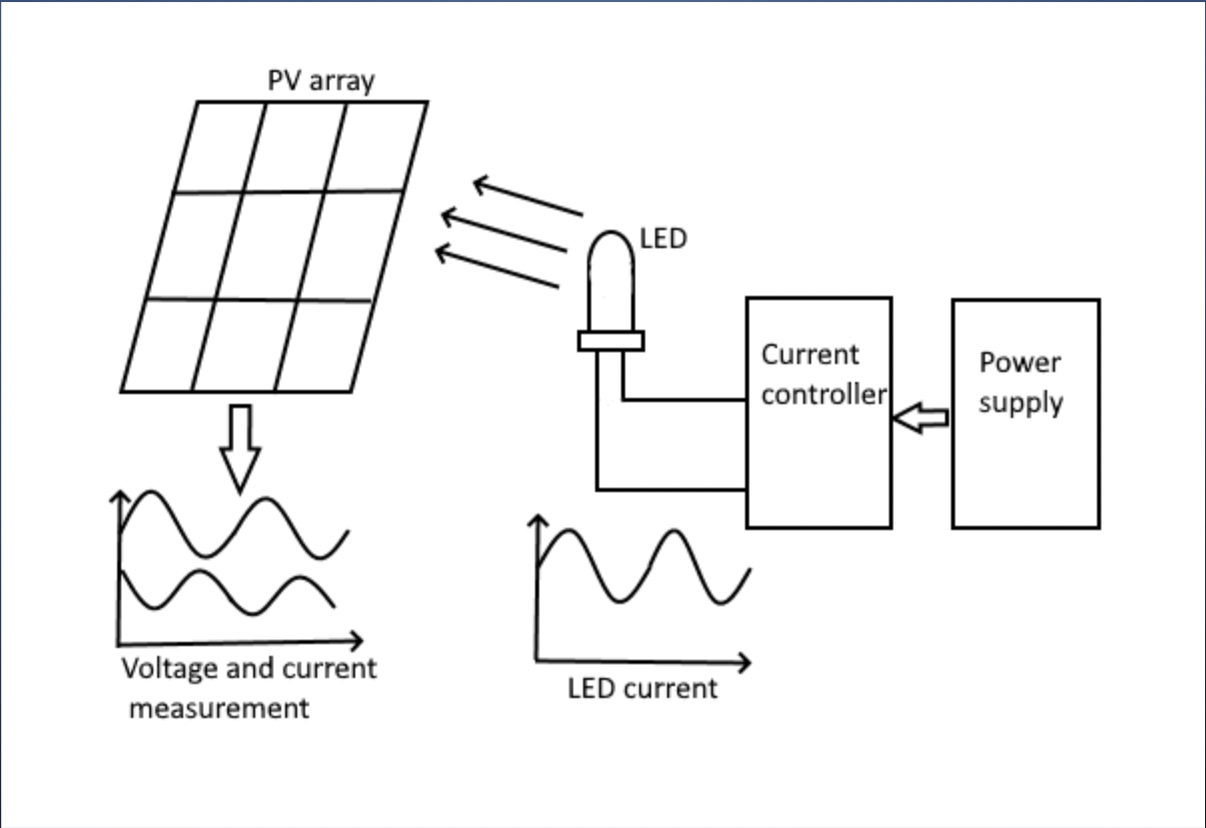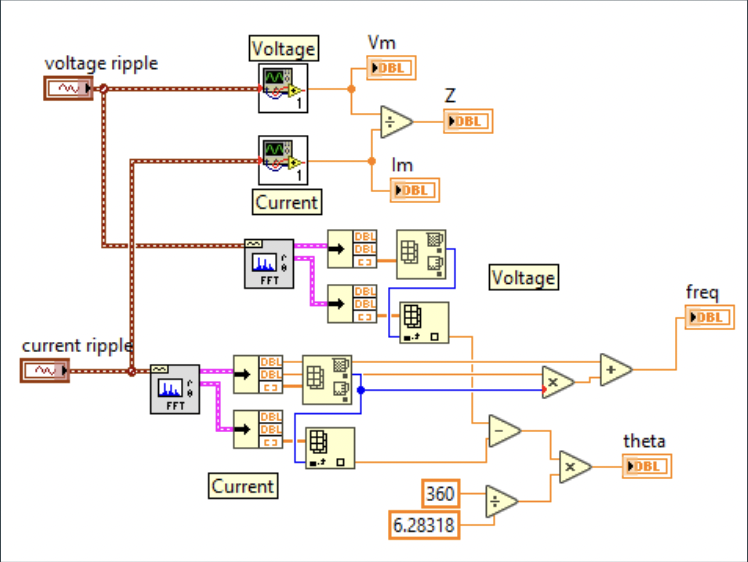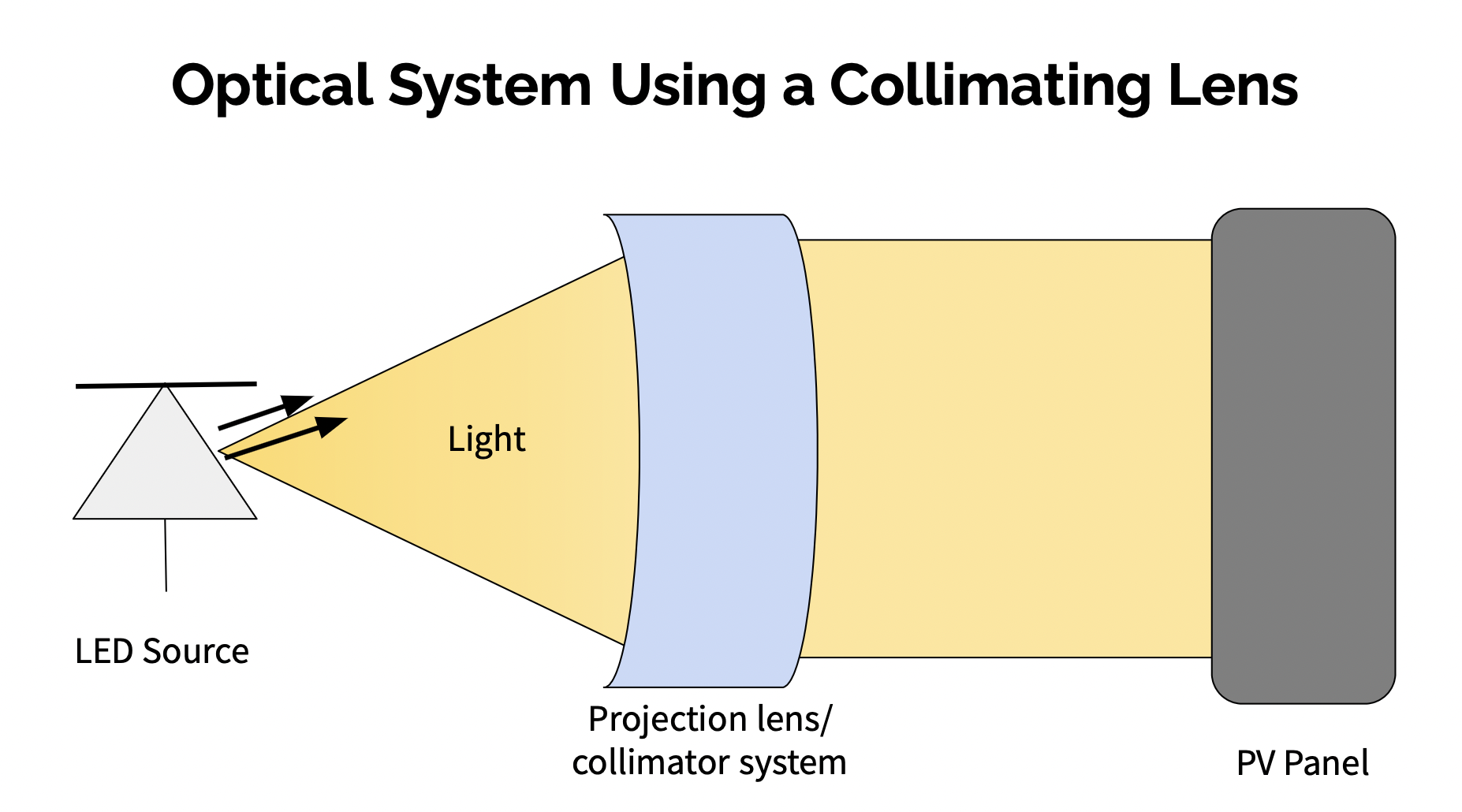
Figure 1

Figure 2

Team 2103
Team Members |
Faculty Advisor |
Lauren Boulay |
Sung-Yeul Park Sponsor UConn Electrical & Computer Engineering Department |
sponsored by

The purpose of this project is to design and test a LED driver circuit that controls the current of an LED array in order to modulate the light incident on a photovoltaic (PV) panel. This is done in order to perform impedance spectroscopy on the panel and determine equivalent circuit parameters. Impedance spectroscopy is a testing technique where a small AC excitation signal is applied to a material to determine resistances and capacitances. This can be done using specialized equipment such as a frequency response analyzer. The LED driver circuit will be able to modulate incident light and thus the voltage output of the PV panel in order to attain impedance data over a range of frequencies that we use to derive equivalent circuit parameters. The LED driver circuit is implemented using a synchronous buck converter. This project requires the design and fabrication of an interface board to detect voltages and currents from the panel and the LED Driver. These voltages are minimized, clipped, and amplified; the final signals are then sent to a data acquisition module. The signals are then used to determine equivalent circuit parameters. Factors that need to be taken into account when designing the apparatus include the alignment of the LED array in relation to the PV panel in order to maximize array efficiency, as well as isolation of the module from outside light sources. This project is a continuation of research done at the University of Connecticut Center for Clean Energy Engineering.
